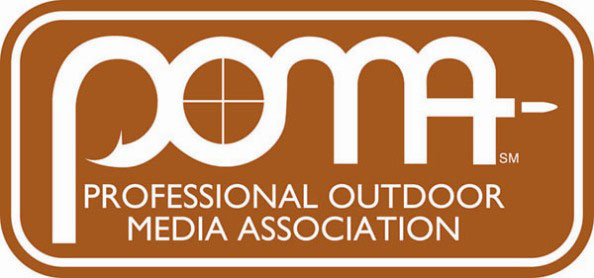Don’t move a mussel – now it’s the law
March 24, 2010
New regulations for boaters go into effect
“Don’t move a mussel” – NOW it’s the LAW for boaters in Arizona for waters infested with invasive quagga mussels.
“Our boaters have done a good job so far of voluntarily practicing “clean, drain and dry” as a part of responsible boating. Now Arizona has regulations in effect requiring boaters to follow those practices at lakes known to have quagga mussels,” said Tom McMahon, the Arizona Game and Fish Department’s invasive species coordinator.

Quagga mussels were first discovered in Arizona waters in Lake Mead in January of 2007. A single adult quagga mussel can produce a half-million larvae in a single year. Since being introduced at Mead, likely from being accidentally transported on a boat put into the lake, these prolific invaders have spread rapidly.
Waters in Arizona officially designated as having aquatic invasive quagga/zebra mussels include:
Lake Pleasant
Lake Mead
Lake Mohave
Lake Havasu
Lower Colorado River below Havasu to the international boundary with Mexico
“I can’t stress enough the important role boaters and anglers have voluntarily played in helping prevent the continued spread of these unwanted invasive species,” McMahon said. “For those who have been complying, thank you. You did the right thing for the right reasons.”
Now there are new regulations, called “Director’s Orders”, in effect. The measures were authorized by the Aquatic Invasive Species Interdiction Act passed last July by the Arizona Legislature. Those boaters who don’t follow the procedures outlined in the newly-created regulations can actually be cited by law enforcement officers. To view the Director’s Orders, visit the Game and Fish Department’s Web site at www.azgfd.gov/mussels.
These new regulations require day-use boaters to follow four simple steps. Before leaving the vicinity of a water officially listed as having quagga and/or zebra mussels:
Remove any clinging material such as plants, animals and mud from anchor, boat, motor and trailer (CLEAN).
Remove the plug (if applicable) and drain the water from the bilge, live-well, and any other compartments that could hold water. Drain water from the engine and engine cooling systems (DRAIN).
Ensure watercraft, vehicle, equipment, or conveyance are allowed to dry completely (DRY).
Before launching your watercraft someplace else, wait at least five days – this waiting period is essential to kill residual larvae not eradicated by the above three steps. If you use a boat again in less than five days from the previous use, replace the bilge drain plug, and disinfect the bilge by pouring in not less than one gallon of vinegar; the vinegar can be drained from the bilge upon arrival at home (vinegar can be reused several times).
There are also new regulations being implemented for long-term users (includes moored boats). These are boats that have been in the water for more than five days and are at the highest risk of harboring attached invasive mussels.
“Watercraft, boats, vehicles, equipment or conveyances that have been moored for five days or longer in waters that are infested with quagga mussels will likely be heavily contaminated with larval and adult mussels,” McMahon said. “Watercraft moored longer than a few weeks or months in those waters will most certainly be contaminated with adult mussels.”
There are mandatory decontamination procedures for the long-term moored boats that include:
Remove any clinging material such as plants, animals and mud from anchor, boat, motor, equipment and trailer (CLEAN).
Remove the plug (if applicable) and drain the water from the bilge, live-well, and any other compartments that could hold water. Drain water from the engine and engine cooling systems (DRAIN).
Physically remove all visible attached mussels from boat surfaces, motors, impellers, outdrives, rudders, anchors and through-hull fittings (CLEAN, again).
Flush engine and cooling system and any other through-hull fittings with hot water that is exiting those areas at 140 F for 10 to 30 seconds.
Keep the boat out of water (DRY) and ensure all areas of the boat are dry, including bilge, through-hull fittings and engine, for a minimum of eighteen (18) consecutive days during the months of November through April and seven (7) consecutive days from May through October.
The Arizona Game and Fish Department held a series of public meetings and a webcast in January to present the proposed Director’s Orders and solicit comment. The final regulations became effective this month.
“It is critical for anyone who uses watercraft, or has a business reliant on watercraft, to understand the essential nature of this aquatic invasive species containment effort,” McMahon said. “The spread of quagga mussels has far-reaching impacts, both financial and ecological, that can touch virtually every resident of the state.”

States throughout the West have been gearing up to combat the quagga and zebra mussels. Arizona boaters taking their boats to other states will want to first explore what those states are currently requiring – some even have mandatory boat inspections. A good starting point is the 100th Meridian organization at http://100thmeridian.org/Video/DMAM2008_WM.asp.














